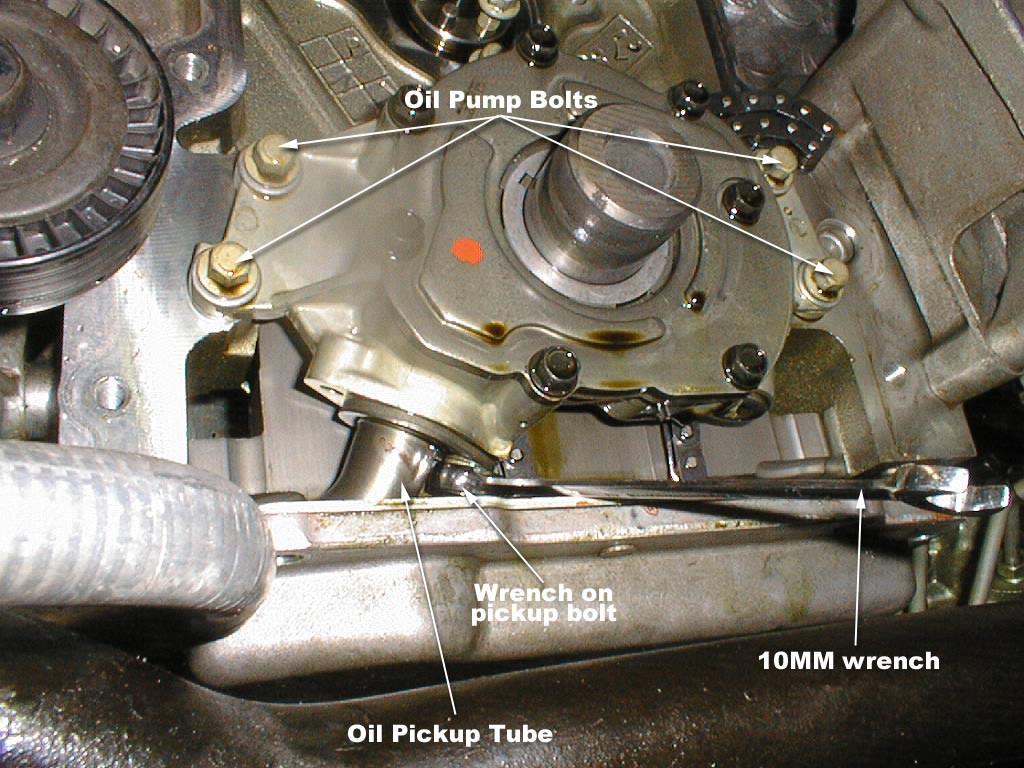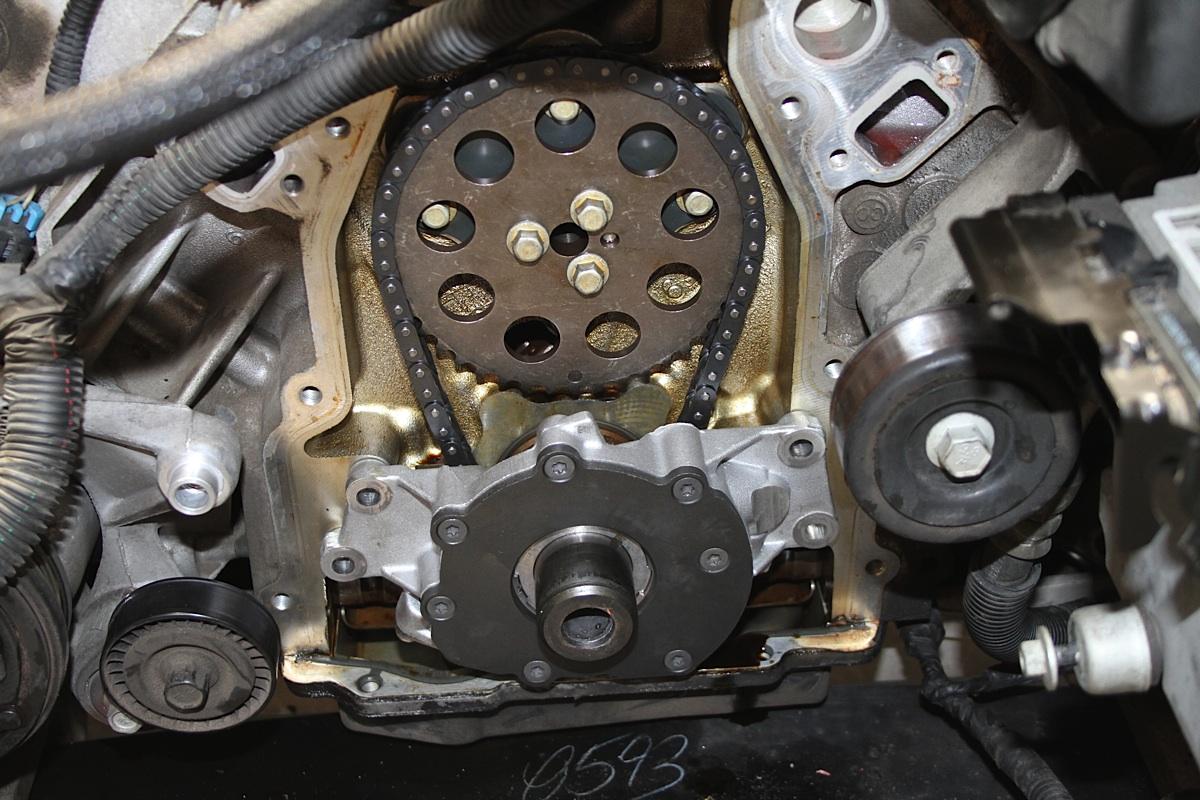To every engine, the oil pump is the heart to pump the lifeblood – vital lubricant, and to supply pressure to every moving part. If your oil pump isn’t working properly, it can result into low oil pressure, lack of lubrication, and your engine might soon become an over-sized paperweight.
So, whenever you feel the need of an oil pump replacement, do not think twice. The oil pump works as a pressurizer that allocates and passes oil to different parts of your vehicle. The camshaft works as the power source for it, so that it can pressurize the oil using a rotor or gear.
Contents
Timing – When Oil Pump Replacement Is Necessary?
You can learn from your car’s oil pressure gauge whether it is low. It doesn’t, however, always mean that adding oil will fix that problem. The problem can also be a result of a faulty or leaking oil pump. And you should be replacing it without any further delay.
Pressure
An internal combustion engine can’t work properly without enough pressure. The oil pump sends the oil to different parts of the engine, while, at the same time, the fuel pump brings gasoline from the tank and moves it to injectors or carburetors. If any of these doesn’t work properly, your car will stop working.
When mending the oil pump is necessary, you can’t delay it. Dillydallying will only cost you more money to fix it later. The situation may deteriorate if the oil pump stops working for good. In that case you may have to change the whole engine.

Preparation – What do you need to prepare?
- A gasket scraper
- A complete set of hand tools
- A car jack and jack stands
- An oil drip pan
- The correct oil pump extractor for your particular vehicle
- A new gasket
- A new oil filter and new oil
Execution – What are the steps?
Step 1: Find a Clean, Dry Area
The best way to do this is in a garage. The garage should be neat and clean, and of course, dry. Make sure that there are enough space for you to perform any maneuver freely, while keeping all tools at reach.
Step 2: Use a Jack and Stands to Secure the Vehicle
Use a jack to lift your vehicle above the ground and save that position using jack stands. This is necessary to make sure the vehicle does not crush you all of a sudden while working underneath it.
Remove the Bolts and Positioning the Oil Drip Pan
Place the oil drip pan under the plug that you are about to pull out. Clean and remove any debris that is obstructing the plug removal. Now, pull the plug and let the oil drip into pan set underneath. Then, remove the bolts one by one. If it feels tight, tap the oil pan gently, but don’t damage it.
Step 3: Remove the bolts of the oil drip pan
First, pull the plug out of the oil pan. If there is any object that prevents the plug from being pulled, remove them or clean them. Then you pull the plug and allow the oil to drain out of the pan. Next, you remove of the bolts in the oil pan. While you proceed, be careful so you don’t damage the oil pan.
Step 4: Replace the Old Oil Pump
The position of the oil extraction pump is in the back of the motor. It has separate filters and tubes to pull out oil. There you will find one or two bolts securing the pump. Dismantle these bolts and remove the old pump. Now adjust the new pump in its place and reattach the filter and pickup tube. Now reinstate the pump using the bolts.
Step 5: Sealing the Oil Pan
After using the oil removal pump, now, it’s time for cleaning the oil pan using gasket scraper. Avoid using so much sealant. Reinstall the pan to its due place. It may take about half an hour for the sealants to go hard. Install the bolts at opposite corners. But make sure you do not over-tight them. Now remove the oil extraction pump and other tools. Finally, lower down the vehicle using jack stands and put new oil in the tank.
With this step, the oil pump replacement task is accomplished successfully.



